Back to Courses
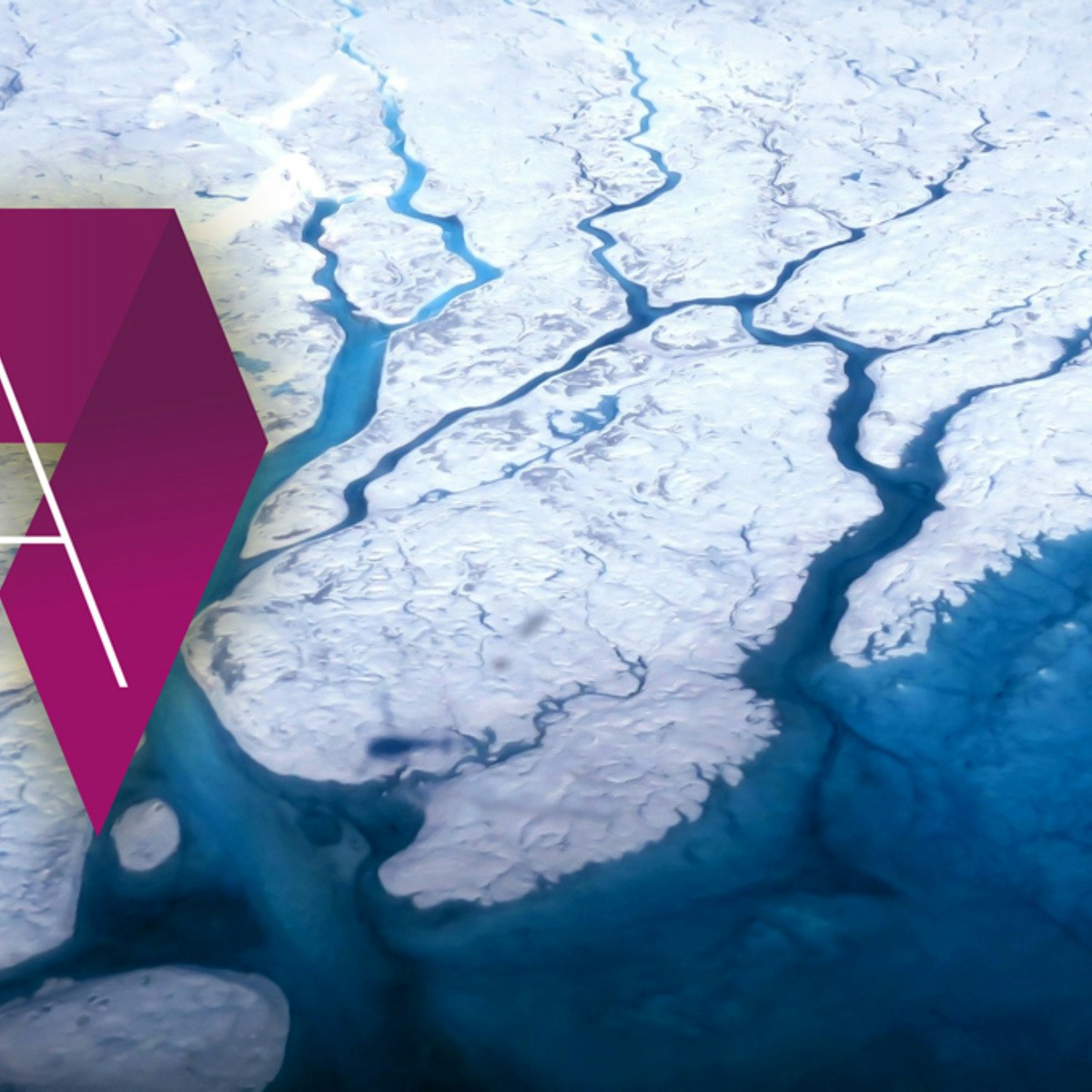
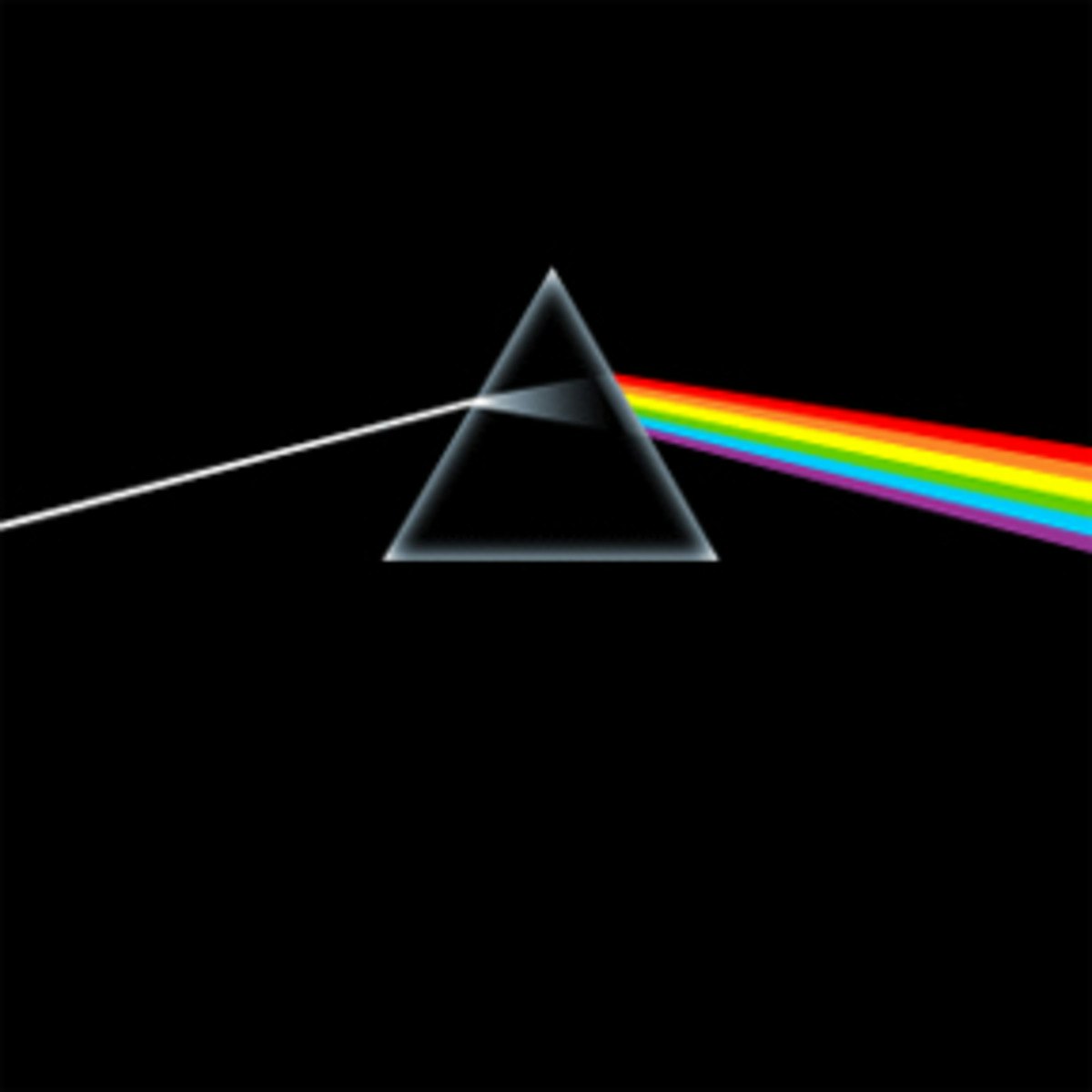

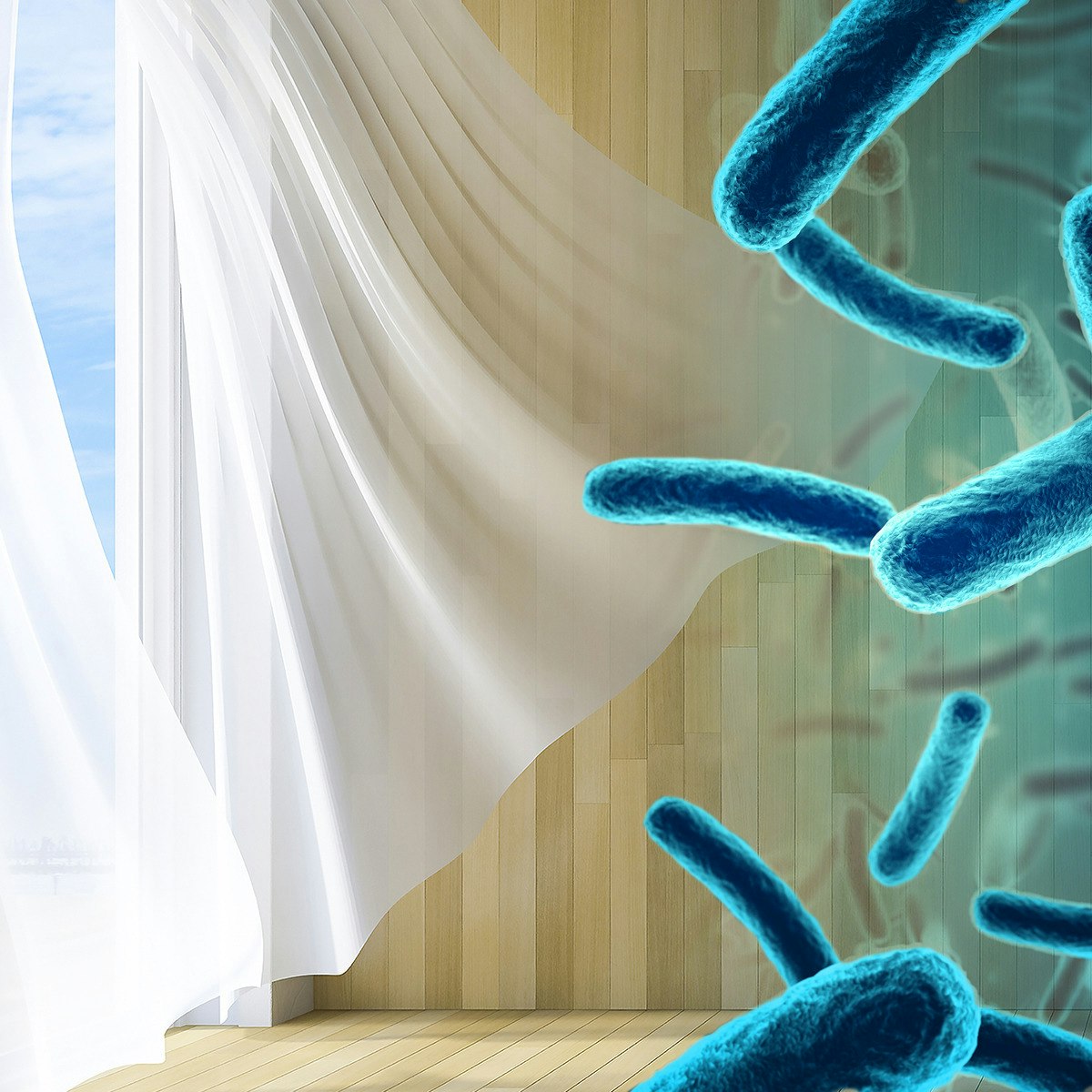

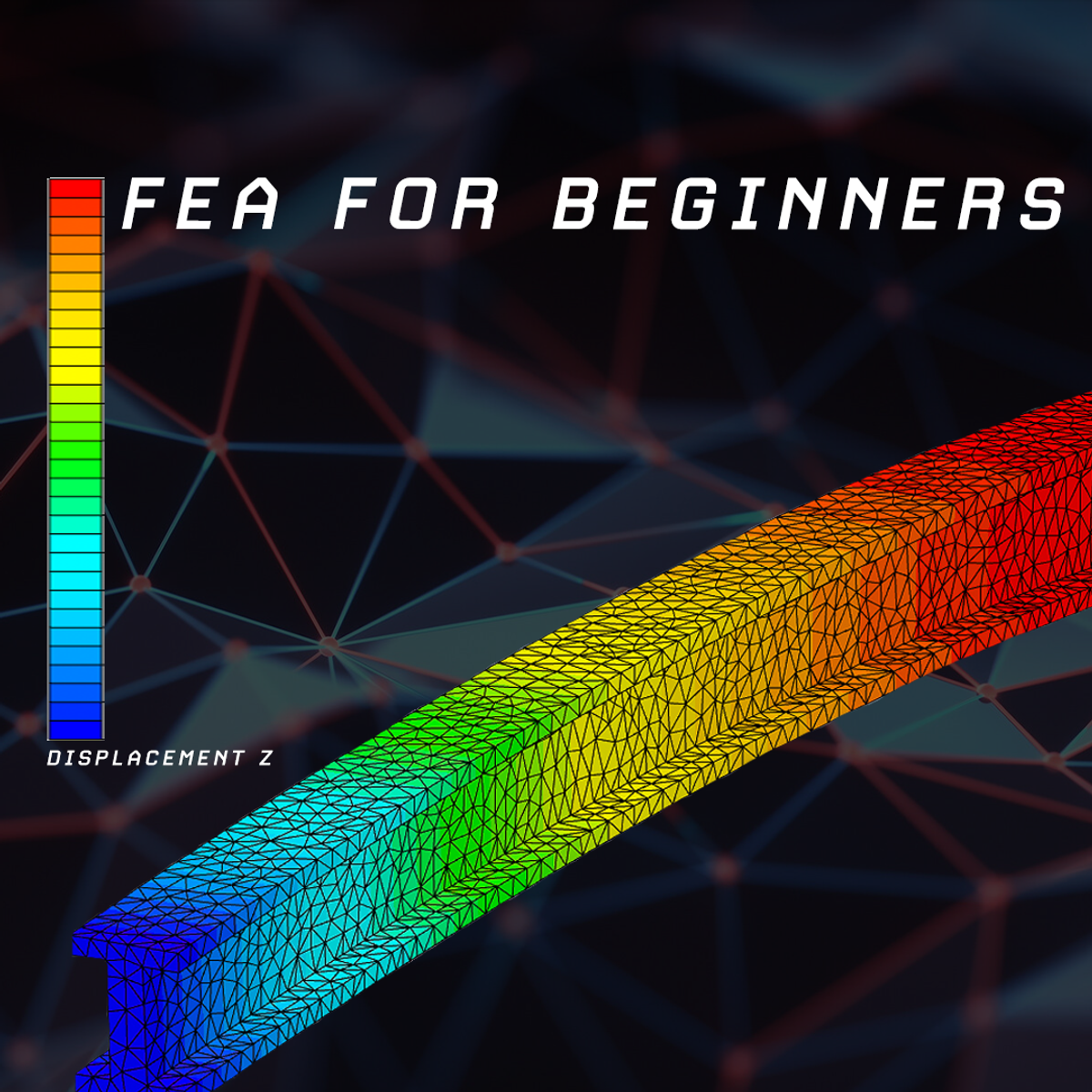

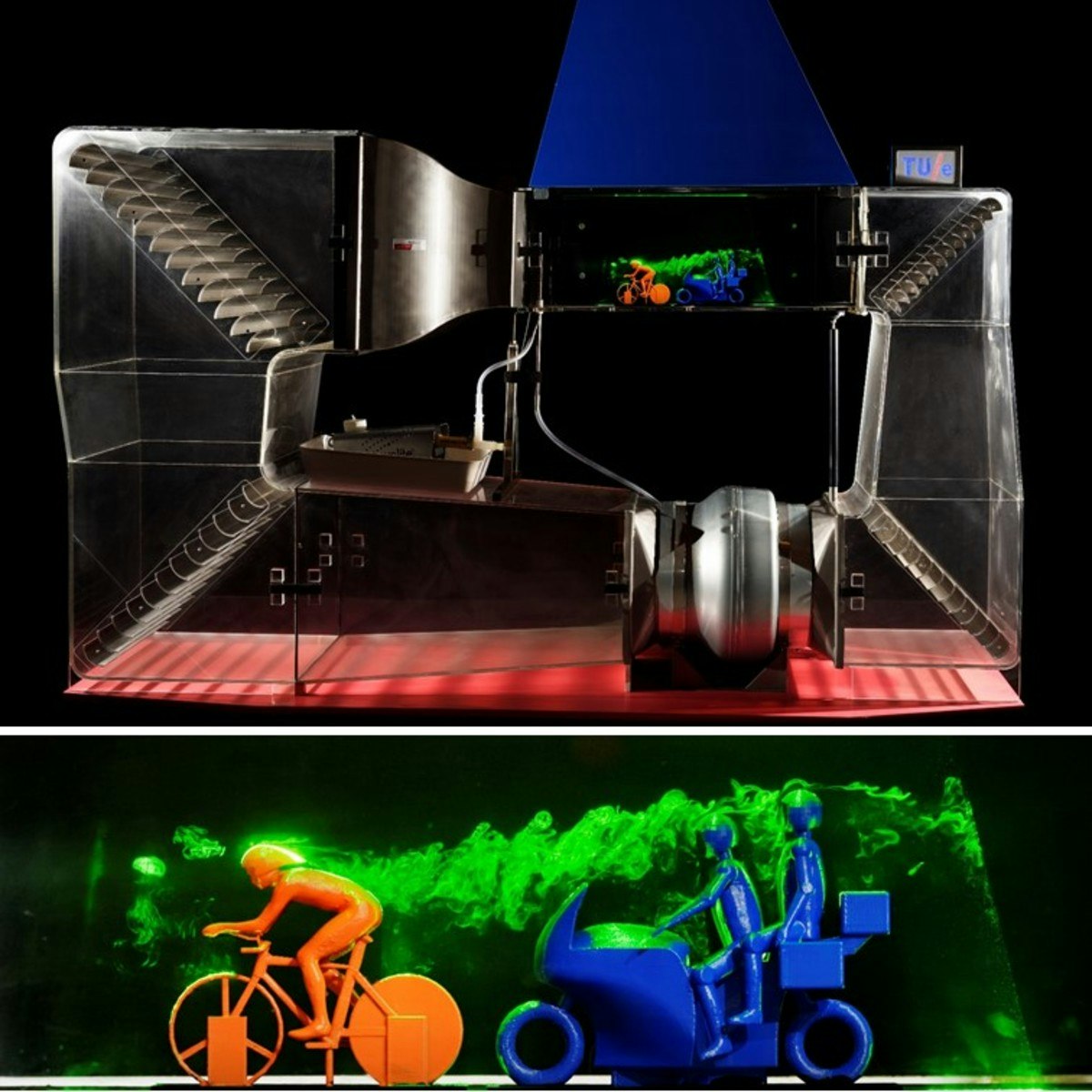
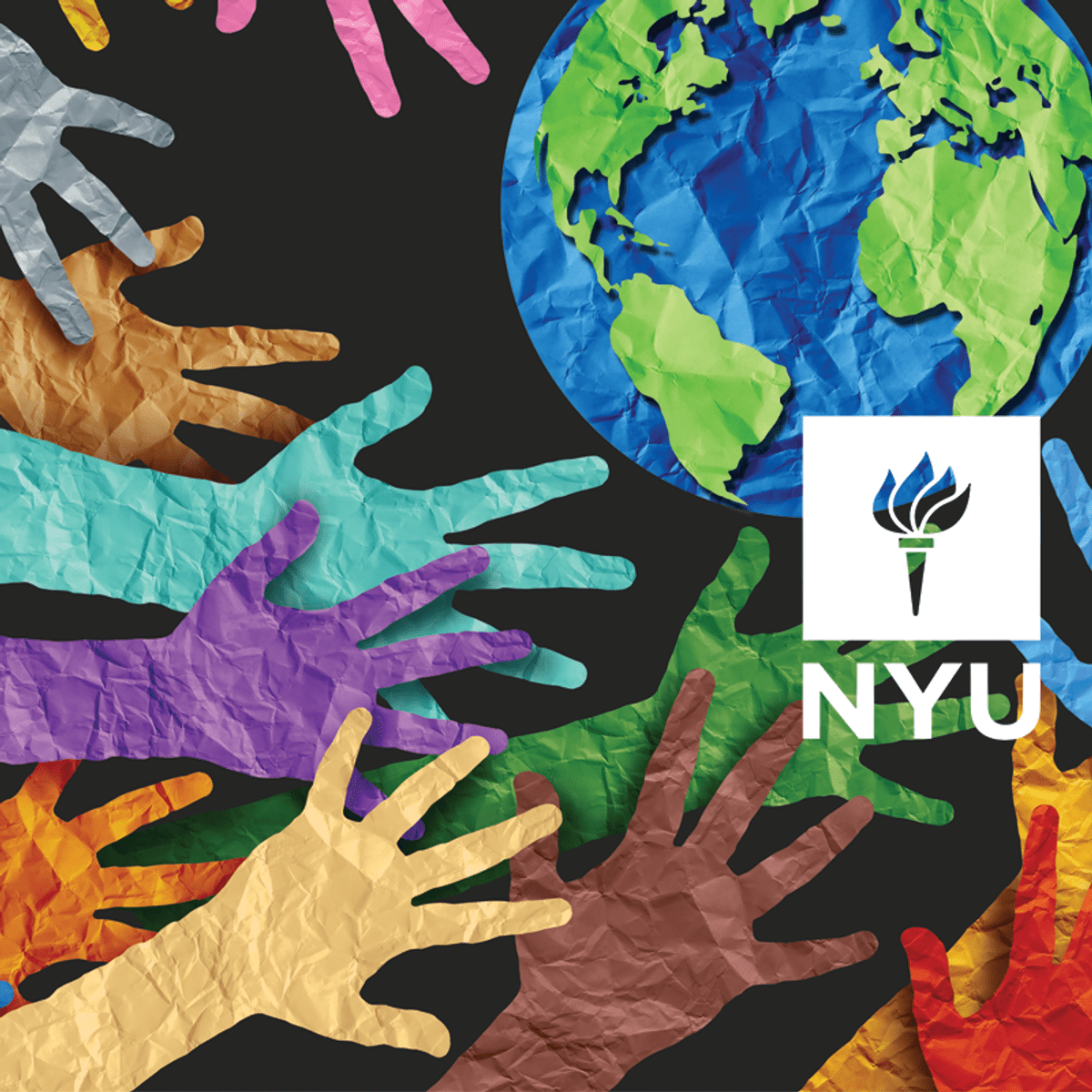
Physical Science And Engineering Courses - Page 11
Showing results 101-110 of 522
Introduction to Engineering Mechanics
This course is an introduction to learning and applying the principles required to solve engineering mechanics problems. Concepts will be applied in this course from previous courses you have taken in basic math and physics. The course addresses the modeling and analysis of static equilibrium problems with an emphasis on real world engineering applications and problem solving.
The copyright of all content and materials in this course are owned by either the Georgia Tech Research Corporation or Dr. Wayne Whiteman. By participating in the course or using the content or materials, whether in whole or in part, you agree that you may download and use any content and/or material in this course for your own personal, non-commercial use only in a manner consistent with a student of any academic course. Any other use of the content and materials, including use by other academic universities or entities, is prohibited without express written permission of the Georgia Tech Research Corporation. Interested parties may contact Dr. Wayne Whiteman directly for information regarding the procedure to obtain a non-exclusive license.

Global Arctic
The GlobalArctic MOOC introduces you the dynamics between global changes and changes in the Arctic. This course aims to highlight the effects of climate change in the Polar region. In turn, it will underline the impacts of a warmer Arctic on the planet Earth. For human civilization, the Arctic stands both as a laboratory and a warning for human kind.
Besides, this course gives course followers an understanding of the key challenges and pathways to sustainable development in the Arctic region.
This course is unique as it gathers several world’s experts for the first time to speak about the Arctic. Their respective inputs from different academic perspectives and disciplines offer a relevant and complete assessment of the Arctic region and its connection to the rest of the planet. At the end of the day, the course intends to offer in full scope the keys to understanding as the Arctic plays as a mirror of the human and geological dynamics.

Introduction to Molecular Spectroscopy
The course introduces the three key spectroscopic methods used by chemists and biochemists to analyse the molecular and electronic structure of atoms and molecules. These are UV/Visible , Infra-red (IR) and Nuclear Magnetic Resonance (NMR) spectroscopies. The content is presented using short focussed and interactive screencast presentations accompanied by formative quizzes to probe understanding of the key concepts presented. Numerous exercises are provided to facilitate mastery of each topic. A unique virtual spectroscopic laboratory is made available to enable students to measure and analyse spectra online. Assessment is via summative quizzes completed during the course period.

Particle Physics: an Introduction
This course introduces you to subatomic physics, i.e. the physics of nuclei and particles.
More specifically, the following questions are addressed:
- What are the concepts of particle physics and how are they implemented?
- What are the properties of atomic nuclei and how can one use them?
- How does one accelerate and detect particles and measure their properties?
- What does one learn from particle reactions at high energies and particle decays?
- How do electromagnetic interactions work and how can one use them?
- How do strong interactions work and why are they difficult to understand?
- How do weak interactions work and why are they so special?
- What is the mass of objects at the subatomic level and how does the Higgs boson intervene?
- How does one search for new phenomena beyond the known ones?
- What can one learn from particle physics concerning astrophysics and the Universe as a whole?
The course is structured in eight modules. Following the first one which introduces our subject, the modules 2 (nuclear physics)
and 3 (accelerators and detectors) are rather self contained and can be studied separately. The modules 4 to 6 go into more depth about matter and forces as described by the standard model of particle physics. Module 7 deals with our ways to search for new phenomena. And the last module introduces you to two mysterious components of the Universe, namely Dark Matter and Dark Energy.

Introduction to Indoor Air Quality
Course Overview: https://youtu.be/LLVb4FOn4uU
This course provides a basic knowledge of an emerging area – Indoor Air Quality (IAQ) in buildings. Learners will realize the importance of maintaining proper IAQ.
Characteristics associated with indoor air contaminants (IAC) are demonstrated, such as
• Particulate matters (PM2.5, PM10)
• Radon
• Volatile organic compounds (VOCs)
• Asbestos
• Bio-aerosols, and more
Safe exposure levels, resulting health effects, measurement techniques, mitigate and control measures of these IAC are discussed.
Other important areas related to IAQ such as building ventilation systems, indoor flow characteristics, sick building syndrome, and thermal comfort are also covered in this course.

Crystal Structures and Properties of Metals
In this course, we will present atomic bonding and its relation to crystal structure and physical properties. A particular focus will be on the different types of cubic structures. There will be an introduction to planes and Miller Indices. We will discuss the principal planes in the cubic system. Their common crystallographic defects will be shown and discussed. Finally, the tensile test will be used to extract various materials parameters.

SimScale for Engineering Simulations - FEA for Beginners
In this hands-on project, you will learn about the Finite Element Method (FEM) and validate a simulation case using the cloud-based simulation tool SimScale. We will set up a simple simulation case with a provided geometry to learn the fundamentals of the Finite Element Method and how a validation case is approached in the first place. We will walk through the classical three step process of every simulation which includes the pre-processing, processing and post-processing step.
SimScale is an engineering simulation platform that is revolutionizing the way engineers, designers, scientists, and students design products. The SimScale platform is accessible completely via a standard web browser, with an easy-to-use interface which supports numerous simulation types including solid mechanics (FEM), fluid dynamics (CFD) & thermodynamics.
This course runs on Coursera's hands-on project platform called Rhyme. On Rhyme, you do projects in a hands-on manner in your browser. You will get instant access to pre-configured cloud desktops containing all of the software and data you need for the project, for this project you need no special setup or any data. Everything is already set up directly in your internet browser so you can just focus on learning!
Notes:
- This course works best for learners who are based in the North America region. We’re currently working on providing the same experience in other regions.

First Steps in Making the Business Case for Sustainability
The Business School at the University of Colorado Denver wants to help you become a change agent for sustainable business. We hope that with the skills and concepts you gain from this specialization that you will help your business reduce its social and environmental impact. Being a change agent is hard. It takes courage and passion and knowledge. To implement change also requires being able to make the case for that change in terms that people in your company or organization respond to and understand.
After completing the specialization, you will be able to:
* Discuss the threats and opportunities that major global trends such as climate change present to businesses;
* Identify ways a company can improve its environmental and social performance;
* Evaluate and compare companies’ sustainability activities and products;
* Develop a business case for implementing sustainability investments;
* Identify key criteria of green businesses and product design;
* Be a change agent in your organization;
* Understand emerging topics in sustainable business, including those in the public policy space.
We're very excited about offering this MOOC specialization and hope it gives you the first step toward learning about and taking action to make the places you work and the products you buy more sustainable.
Sustainable business changes daily with new products, innovations and ideas, so you will be important in keeping the class current. We look forward to learning from you as you take this green journey!
______

Sports and Building Aerodynamics
COURSE ABSTRACT:
Have we reached the boundaries of what can be achieved in sports and building design? The answer is definitely “NO”. This course explains basic aspects of bluff body aerodynamics, wind tunnel testing and Computational Fluid Dynamics (CFD) simulations with application to sports and building aerodynamics. It is intended for anyone with a strong interest in these topics. Key fields addressed are urban physics, wind engineering and sports aerodynamics.
COURSE CONTENTS:
The course consists of 6 weeks. The first 3 weeks are on fundamentals, the second 3 weeks on applications.
- Week 1: Basic aspects of fluid flow
- Week 2: Wind-tunnel testing
- Week 3: Computational Fluid Dynamics
- Week 4: Building aerodynamics
- Week 5: 100 m sprint aerodynamics
- Week 6: Cycling aerodynamics
COURSE UPGRADES:
In January-February 2017, the course will be upgraded/extended with:
- New modules on cycling aerodynamics
- Week 7: Climate adaptation of buildings and cities
- Week 8: Air pollution
If you want to take the upgraded/extended course, please wait with enrollment until mid February.
LECTURER:
The lecturer is Bert Blocken, professor at Eindhoven University of Technology in the Netherlands and KU Leuven in Belgium. He is a Civil Engineer holding a PhD in Building Physics. His main areas of expertise are urban physics, wind engineering and sports aerodynamics. He has published 126 papers in international peer-reviewed journals. He has received the 2013 Junior Award from the International Association of Wind Engineering and six best paper awards from the Elsevier ISI journal Building & Environment (2009, 2011, 2012) and at international conferences. According to the 2016 Academic Ranking of World Universities (Shanghai Ranking) & Elsevier, he is among the 150 most cited researchers world-wide both in the field of Civil Engineering and in the field of Energy Science & Engineering. Since Dec 2016, he is editor of the ISI journal Building & Environment and starting 2017, he is also associate editor of the ISI Journal of Wind Engineering & Industrial Aerodynamics. He is member of the editorial board of the ISI journals Building Simulation and Sports Engineering. He has acted as a reviewer for more than 70 different ISI journals. He is currently supervising a team of 4 senior researchers, 32 PhD students and 5 MSc students.

Climate Change and Human Rights
This course is primarily aimed at anyone interested in learning about the growing field of climate change and human rights. It will discuss the history of the field, key actors and cases, as well as emerging trends and takeaways.
This course is taught by César Rodríguez-Garavito, Professor of Clinical Law and Faculty Director and Chair of the Center for Human Rights and Global Justice at NYU School of Law.
Popular Internships and Jobs by Categories
Find Jobs & Internships
Browse
© 2024 BoostGrad | All rights reserved